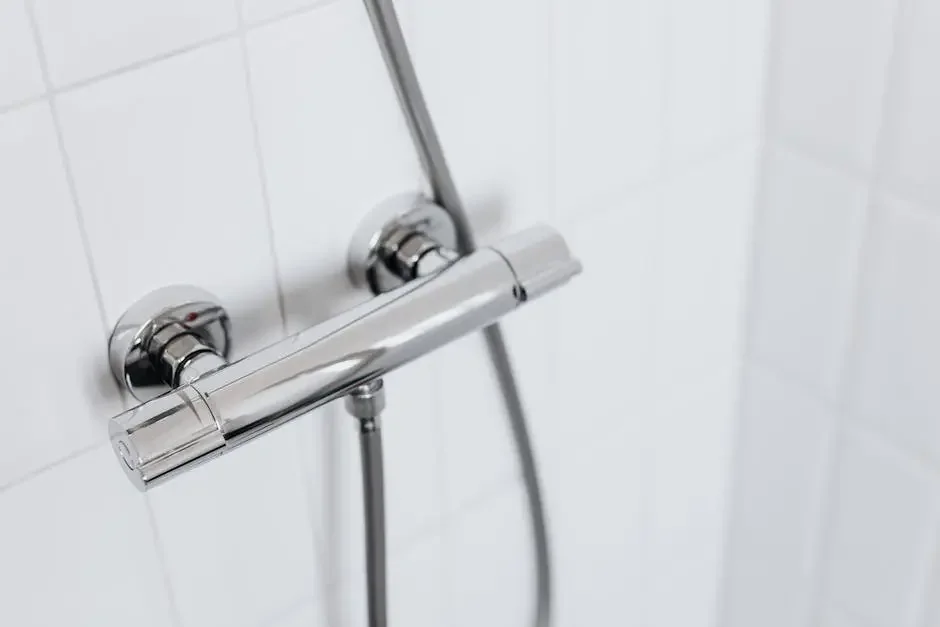A Simple Guide to Installing Your Own Toilet Attachment
Installing a toilet attachment can seem daunting, but with the right guidance, it’s a straightforward task. In this guide, we'll walk you through the process in a friendly, easy-to-understand way, ensuring you don’t miss a step.
Understanding the Different Types of Toilet Attachments
Before you begin, it's important to know the different types of toilet attachments available. From bidets to water softeners, each serves a unique purpose. Knowing what you need ensures the project meets your expectations.
Among the popular choices available today, bidet attachments are a favorite due to their environmental benefits and improved hygiene. These devices can be simple sprayers or advanced systems with heated seats and drying features. Consider what best fits your needs and bathroom layout before proceeding. Another option is a toilet attachment that serves as a water softener; this can be a life-changer for those in hard water areas, helping to prevent lime buildup and prolong the life of your fixture.
For more specialized needs, there are self-cleaning attachments and models with built-in nightlights or deodorizers. These high-tech options may require a more careful reading of the installation instructions, but they often elevate the comfort and functionality of your bathroom. Take some time to research these alternatives to pinpoint what will optimize your home's restroom experience. Such a variety ensures you can find something perfectly suited to your lifestyle and preferences.
Gathering the Necessary Tools and Materials
Preparation is key. Gather all the tools and materials you'll need, such as a wrench, screwdriver, and the attachment kit. Having everything ready will make the installation process smoother and quicker.
Not only do you want to have basic tools on hand, but also consider the specific requirements of your particular attachment model. Some might necessitate additional plumbing tape or specialized fittings. Pro tip: lay all your tools and parts out before starting, and double-check that you have each component listed in the installation guide. Proper organization can save you a lot of hassle down the road, as running to the hardware store halfway through a project is less than ideal.
Furthermore, make sure to read through the entire user manual before you begin. Understanding each step in context will prevent common errors and help you stay one step ahead in the process. For some visual learners, watching tutorial videos online can complement the printed material, offering a clear pathway to follow. Preparation will pay off with a stress-free installation that leaves you feeling accomplished.
Steps to Install Your Toilet Attachment
Follow these simple steps to install your attachment: start by turning off the water supply, then carefully remove the existing parts as needed. After that, attach your new device, making sure everything fits snugly and securely.
Begin by locating your main water valve and turning it off completely to avoid any spills. Flush the toilet to drain most of the water from the tank and bowl. Once that’s done, use your wrench to unscrew the supply line from the tank. Be gentle to avoid damaging older fixtures if you are dealing with an older system. Attach the T-adapter that comes with most bidets or iron out any other connection pieces required for your specific model. This can involve adjusting the existing seat or lid attachment to accommodate your new fixture's base.
Position your attachment as per the instructions, ensuring the nozzles or hoses line up exactly where they’re supposed to be. Tighten any bolts or washers by hand before giving them one last snug turn with your wrench to ensure a seal tight enough to prevent leaks. Pay close attention to any electrical connectors if your model offers heated or automatic features. These typically need a nearby outlet and a little care during installation. Once everything is fitted correctly, gently turn the water supply back on and pay close attention to the flow and ensure there are no leaks.
Testing the Installation
Once installed, it’s crucial to test your new attachment. Turn the water back on and check for leaks or issues. This step ensures everything is working as intended before you put away your tools.
After confirming that there are no leaks, go ahead and test all the functionalities of your new attachment. For bidet systems, for instance, try adjusting the water pressure and test the different spray settings. This is your chance to make sure each feature functions as promised, allowing you to make any needed adjustments early on. Don’t rush this step; identify any areas needing re-tightening or repositioning—these simple fixes can prevent long-term issues.
Should your new system include any digital or electric features, test these thoroughly. Indicators like heated seats, automated cleaning functions, or LED lights should work seamlessly, offering the added conveniences advertised. In case anything seems off, refer back to your user manual—or if needed—consider reaching out for professional advice. Testing isn’t merely about verifying your work; it’s about ensuring that your new feature adds value seamlessly to your daily routine.
Troubleshooting Common Issues
If you encounter any problems, don’t worry. Here are some common issues and their solutions, such as dealing with leaks or ensuring proper alignment of your attachment.
One typical issue is leakage from improper sealing. Double-check that all connections are tight, and use plumbing tape on threaded parts to ensure they have a watertight seal. If a nozzle or part isn't sitting correctly, it might be a case of needing to fine-tune the alignment or give components a little more room to fit securely. Misalignment is usually an easy fix; sometimes, simply loosening and realigning connections does the trick.
Sometimes the functionality isn't up to par due to low water pressure—a common hiccup that can usually be resolved by checking the shut-off valves and verifying that they are fully open. Other hardware-specific concerns, like malfunctioning temperature controls or digital settings, might require a reset following the manufacturer's instructions and ensuring all components were connected properly during the initial setup. Remember, patience is key—many first-time issues are easily solved with a systematic approach to troubleshooting.
Wrapping Up Your DIY Project
By following these steps, you've successfully installed your own toilet attachment, enhancing your bathroom experience with minimal fuss. Enjoy the new functionality and comfort you've added to your home!

